The European Space Agency (ESA) has developed a virtual flight over Jezero Crater on Mars, enabling people to travel to space from the comfort of their homes. The 3D animated video created by ESA uses computer simulations from data collected by the agency’s Mars Express and NASA’s Mars Reconnaissance Orbiter to show a swoop down to Jezero’s location. The video tour begins in orbit and then switches to a point of view slightly above the surface to present the view of the crater from above, giving viewers a chance to see the features of the crater in greater clarity.
Jezero Crater on Mars is considered an excellent spot to investigate for evidence of life on the planet because it is rare for a crater to have an outlet valley. The outlet’s geography in Jezero Crater is significant because it provides evidence that the area was submerged under water for a considerable amount of time, making it more hospitable to potential emerging life.
- Vitamin B3 Cuts Skin Cancer Recurrence by 54% When Started After First Diagnosis, Study Finds
- 400,000 Lightning Strikes Hit NSW: 800km Storm Unleashes 4cm Hail, 90km/h Winds Across Sydney Region
- 2026 Nissan Navara leak: 150kW/470Nm tipped, 19 Nov reveal; one spec still hidden
- Costco Australia sets Alkimos and Pakenham for 2027
- Australian Bird Of The Year 2025: Tawny Frogmouth wins with 11.8k — see the full final-round split and top-10
Scientists seek evidence of ancient life in locations where liquid water was present, making Jezero Crater an exciting spot to explore. The inlet valleys, including one that branches out to become a river delta, are also exciting areas to study because of the sediment and rocks carried to the location by ancient rivers. The NASA Perseverance rover will soon reach Jezero Crater to study the delta and potentially make groundbreaking discoveries about the history and potential for life on Mars.
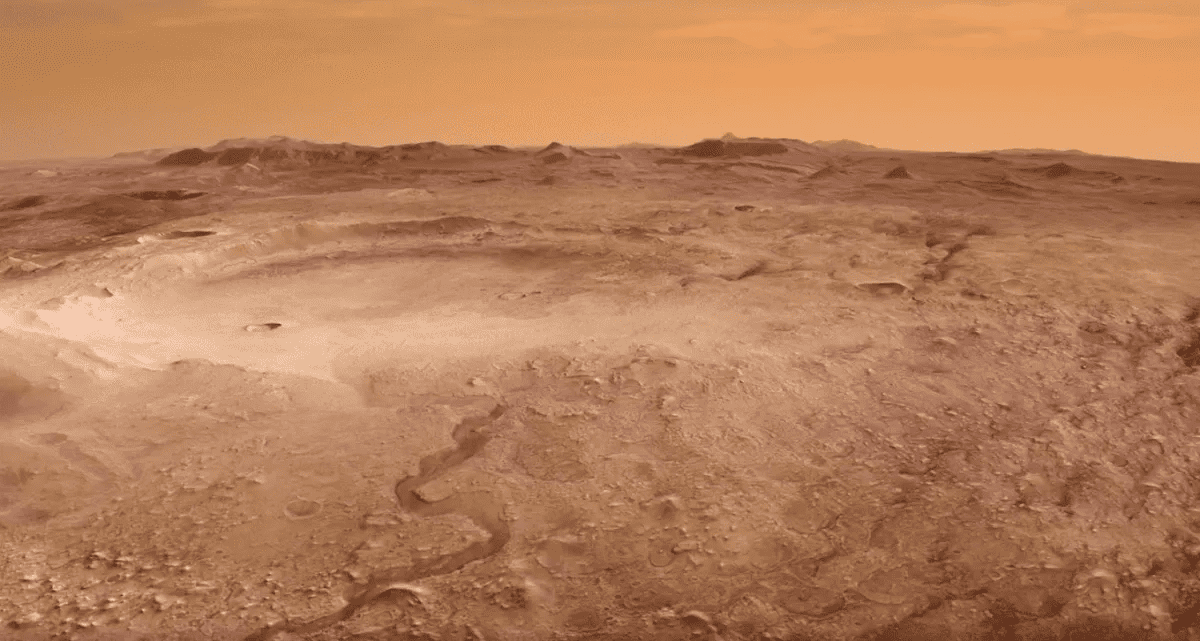
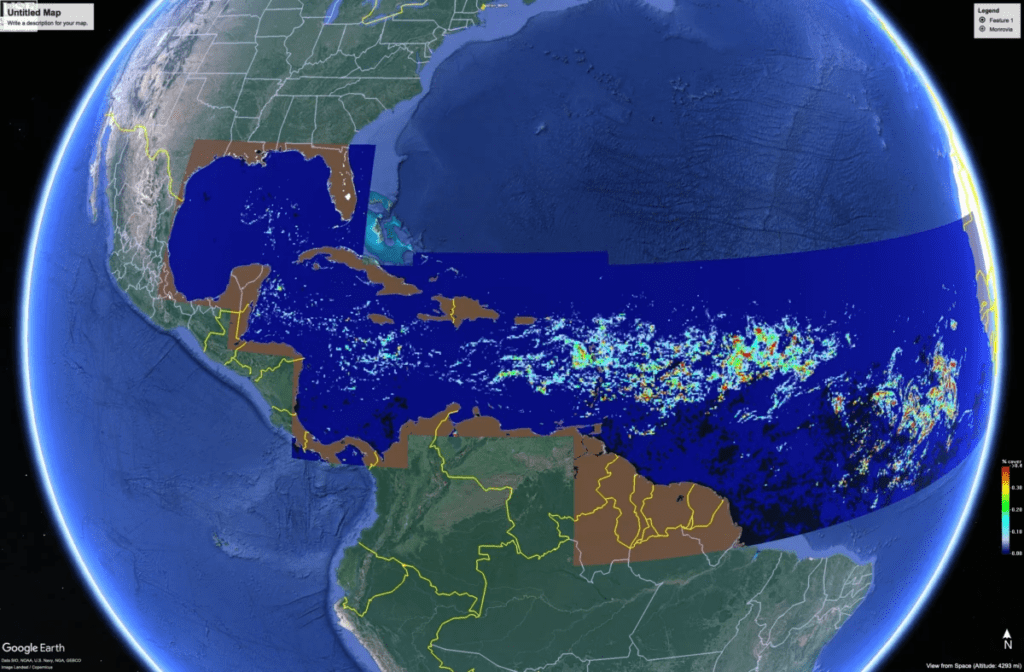

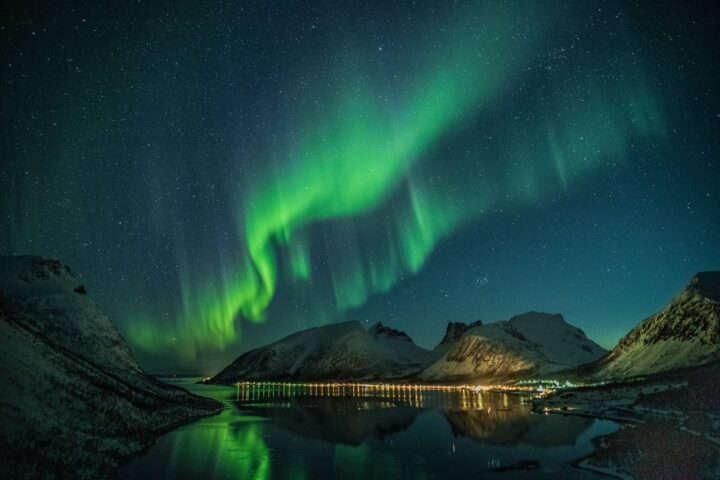

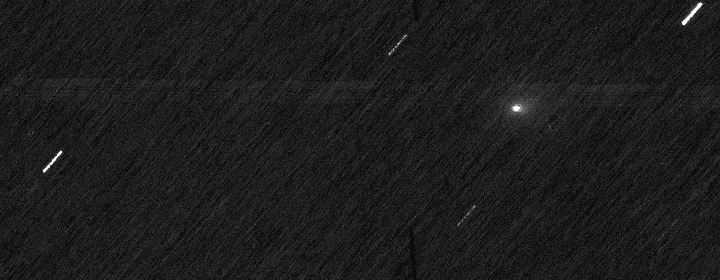
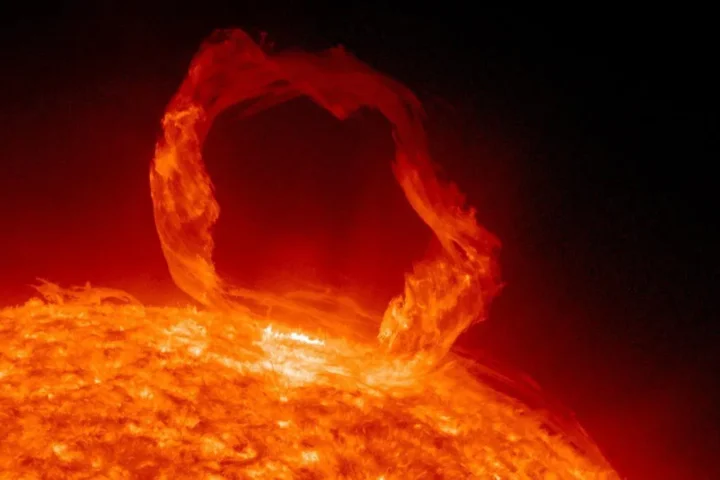
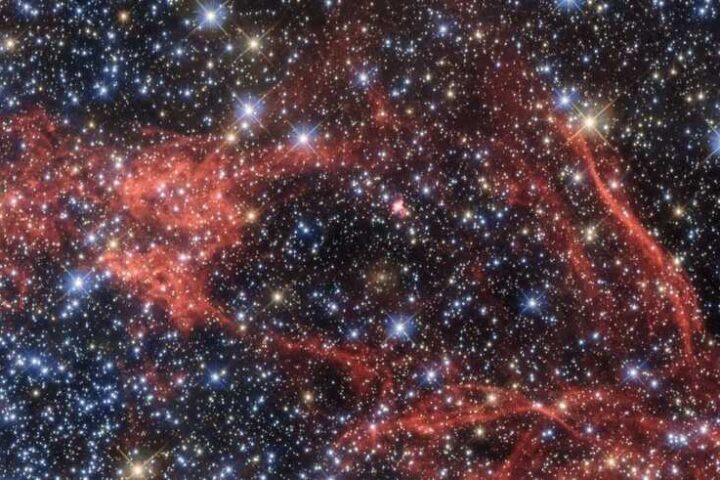
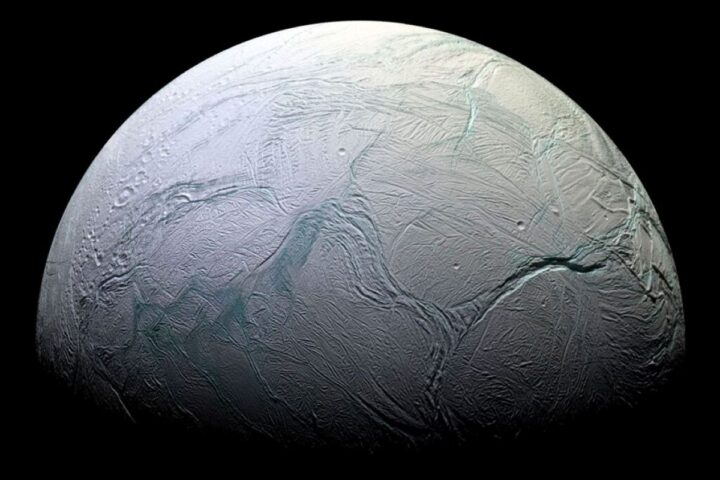
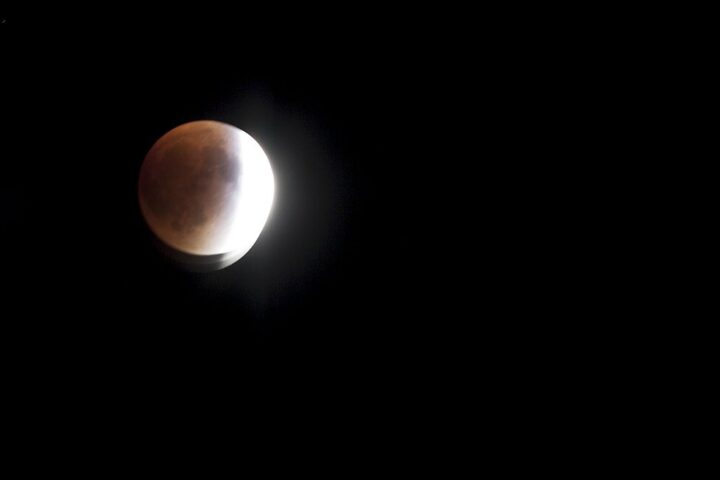
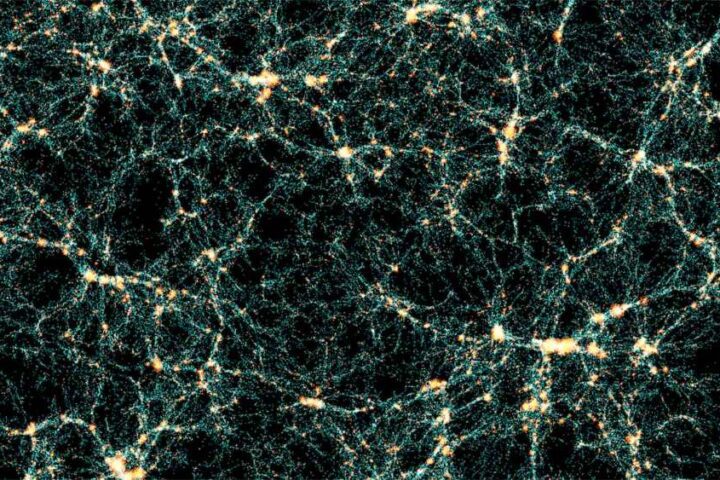
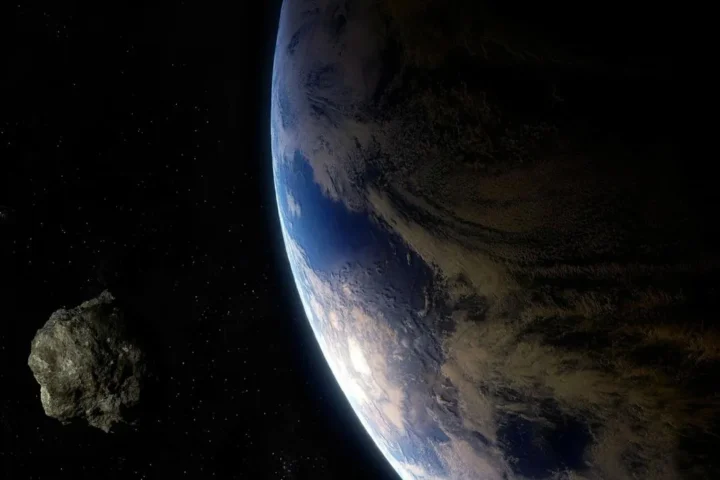
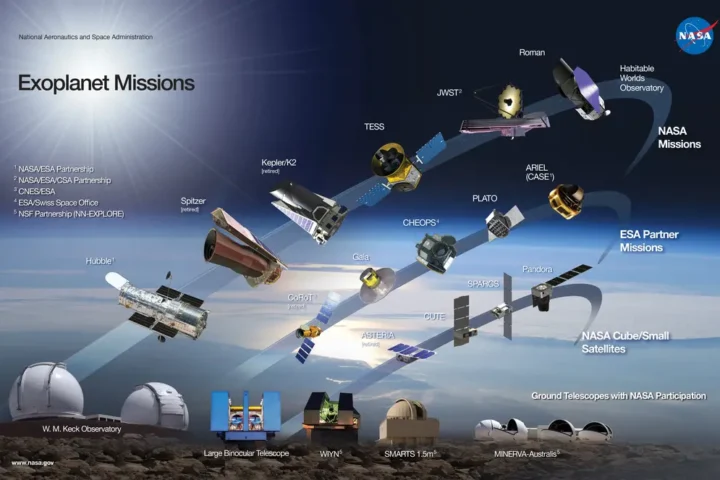

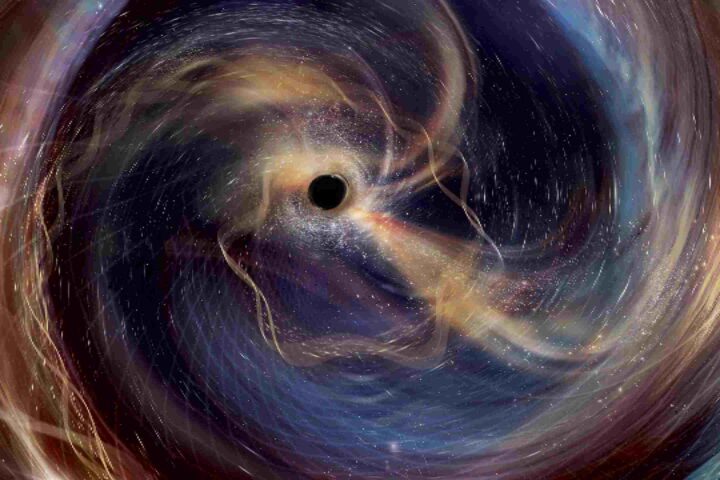
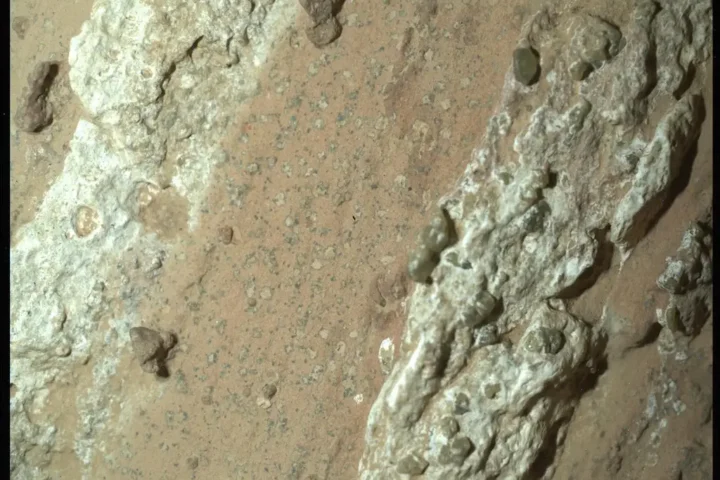

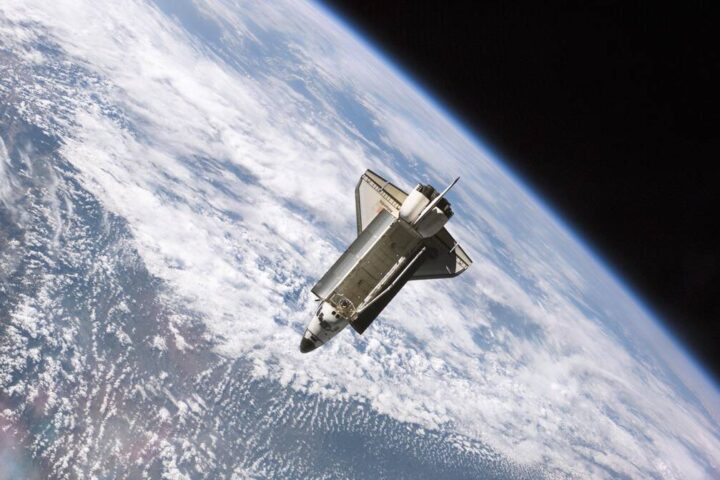

QR Code Scanner